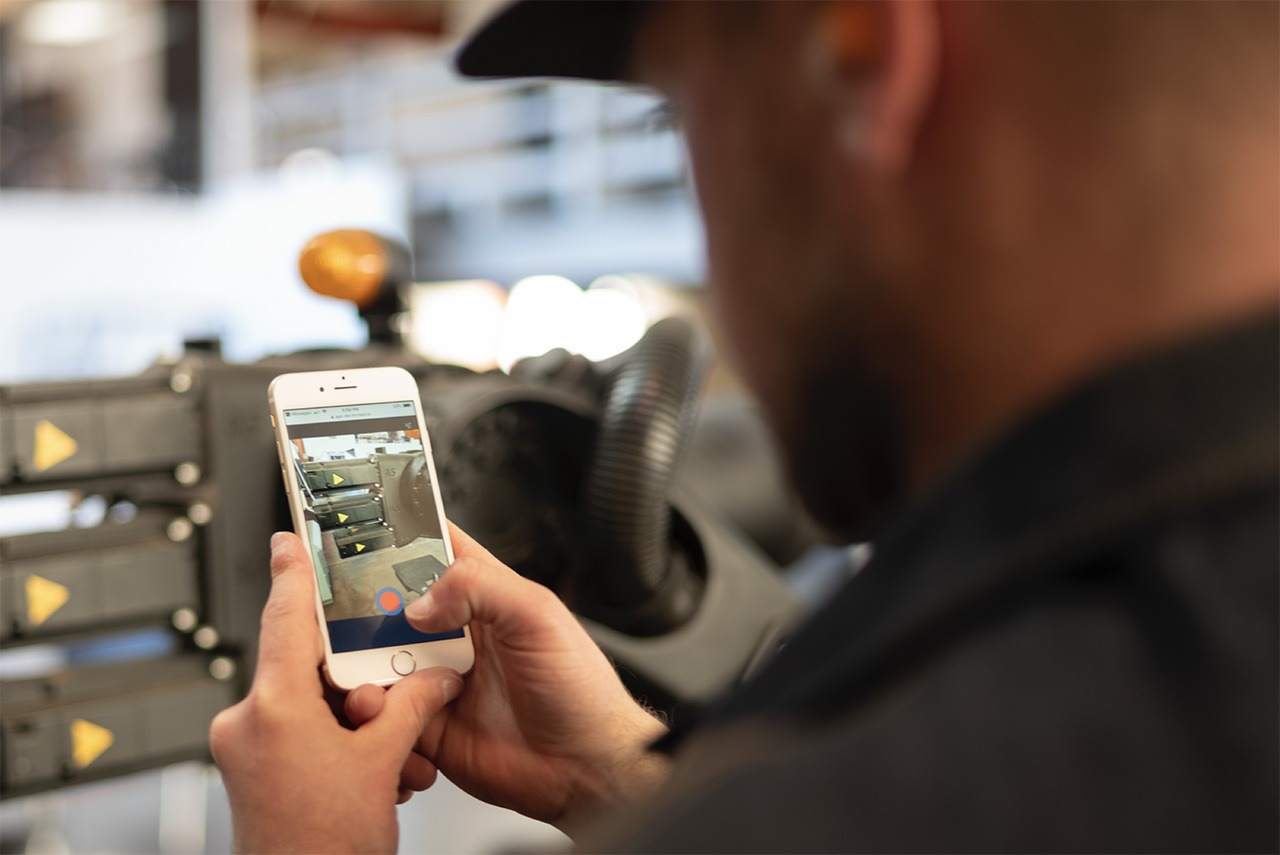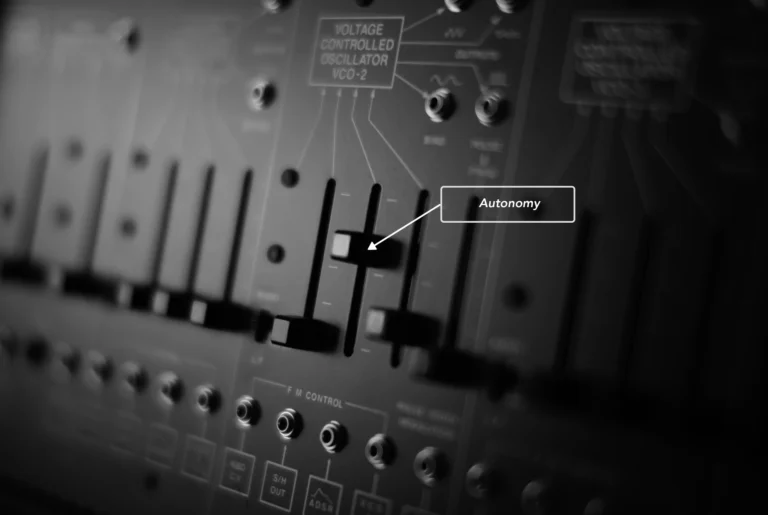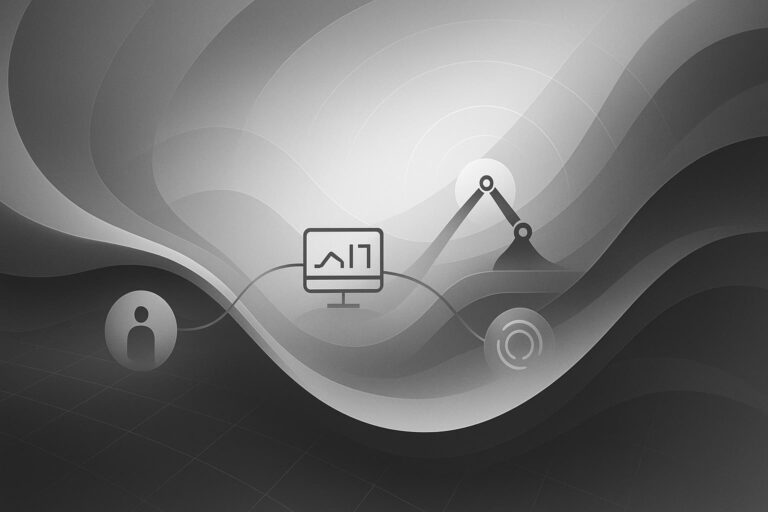As Benjamin Franklin once said, there are only two things in life that are certain: death and malfunctioning robots. No matter how expertly designed or rigorously tested, every robot is bound to encounter a problem at some point or another. How you handle the issues, and how you do robot field ops, determines the longevity of your system or product. And probably your company, too. Formant’s platform helps you troubleshoot efficiently by giving you many ways to solve problems: from simple to robust. It is meant for non-technical users, as well as engineers. This is the new robot field ops you’ve been waiting for.
The New Robot Field Ops Manual
Step 1: Rewind, Replay, Understand What Happened
Effective robot field ops begin with observability — think ‘DVR for Data’. Anybody on the fleet operations or client teams can open Formant, find any robot, and pull up a visual representation of everything that a robot is seeing right now — and what the robot has seen at any time in the past. That’s powerful. And it’s simple, too. At the bottom of the dashboard is something familiar to you: video player controls. Formant allows anyone to drag the play head to any point in the past and see what the robot sees/saw. Being able to see what happened before, during, and after a malfunction allows your team to quickly and accurately establish a root cause.

Step 2: Get Extra Context For Robot Ops By Streaming Video from the Field
Sometimes you just need a bit more context. How many times did you wish you could beam yourself to the trouble spot. Formant Capture does that by allowing anyone near a robot to stream video from their phone and have it go right into a Formant Observability Dashboard. This is a super fast and easy way to ingest data alongside all the telemetry data already in Formant. Add rich, ad hoc context whenever you need to! The new data then becomes part of the official record of the robot. Now you know a lot more, right?

Step 3: Upload and View A High-Fidelity Rosbag
The beauty of levels one and two is that they’re both capable of being navigated by non-engineers. But, sometimes, you simply can’t do without the help of a specialist. In those cases, Formant offers technical features that make your engineer’s job easier and ensure a quick, effective resolution to the problem. First is the Rosbag Viewer. This tool allows you to upload rosbag files with a single click, giving the engineer immediate access to all the relevant event data in high fidelity. Define the buffer time, and in seconds (or minutes depending on bandwidth), you’ll have access to our embedded Webviz to dig deeper.

Step 4: Push A Command Or SSH to A Robot — from Anywhere
Formant’s Remote Commands system steps it up. This feature allows engineers to execute remote commands on the robot to get more data, states, or insights from the machine without actually logging into the robot. You’ve already set up all the commands that matter to you and your team, so just select which one you want to use from a dropdown. If you do need access to the robot you can connect directly to it via SSH.

Step 5 – Take Over Your Robot (Teleoperation)
Formant Teleoperation is just that: teleoperation from a browser. If your robot can’t get back to autonomy, take it over — unstuck it. Perhaps you need to park it in a safe spot, go around an obstacle — whatever it is, you just need a computer, tablet, or even phone, and you’ll have access to real-time, peer-to-peer, low-latency teleoperation.

What about next time?
Events, Notifications, Actions, Interventions, Oh My!
As they say, an ounce of prevention is worth a pound of cure. If your intuition is that CPU usage above 80% is likely to result in your robot going offline, then you’ll want to know about it before it happens.
And this is where the magic of robot field ops really begins.

There are four main ways you can use Formant to be proactive. This is where you can scale operations — getting one person to handle 100s of robots. First, you can define all the Events of interest that you want to track. Use our simple wizard to set up tracking for any telemetry stream. Second, you can decide to create a Notification for any particular event (i.e., send a message to Slack). Third, you can trigger an Action for any specific Event. Actions in Formant are prefab scripts or commands that you can store for re-use — easily accessible via our UI. Finally, you can set an Event to trigger a formal, manual review by an operator — we call that an Intervention. Altogether, Formant lets you proactively manage the dynamics of your robotic deployment so you can keep robots in play — uptime!
Field ops can spark joy after all
Every robotic application is unique. As a result, there’s no one-size-fits-all solution to process automation. That’s why tools like the Intervention Builder are so valuable. Nobody knows better which tasks are getting in the way of productivity than your field-ops team themselves. By allowing for fully-customizable automation, your team can tackle their most pressing time-wasters regarding robot field ops, in the way they know is best.



